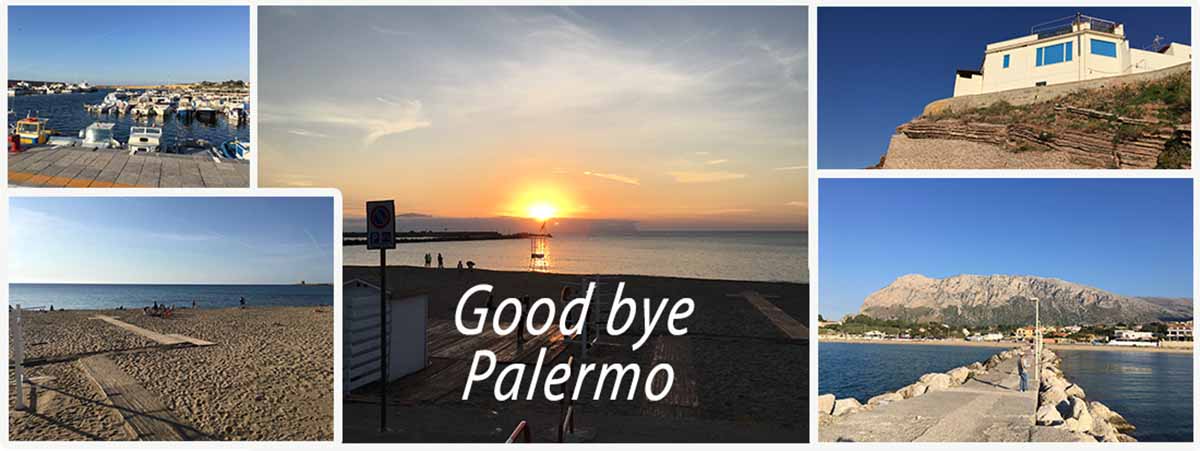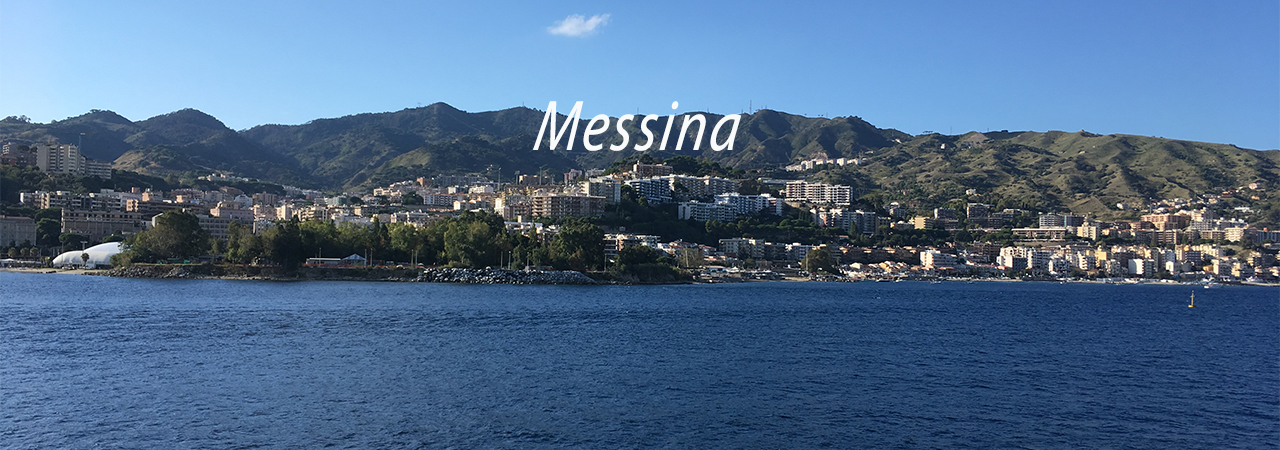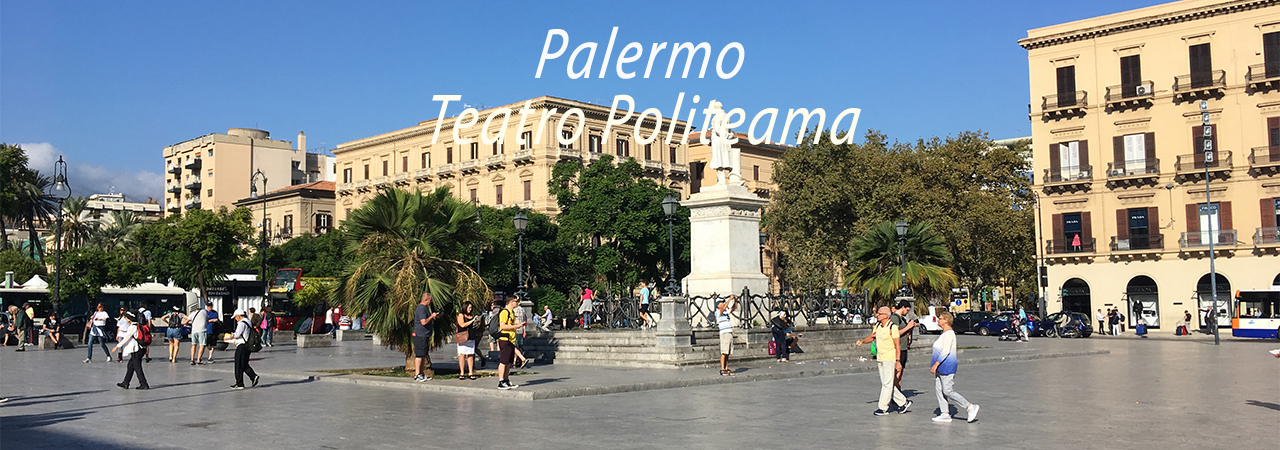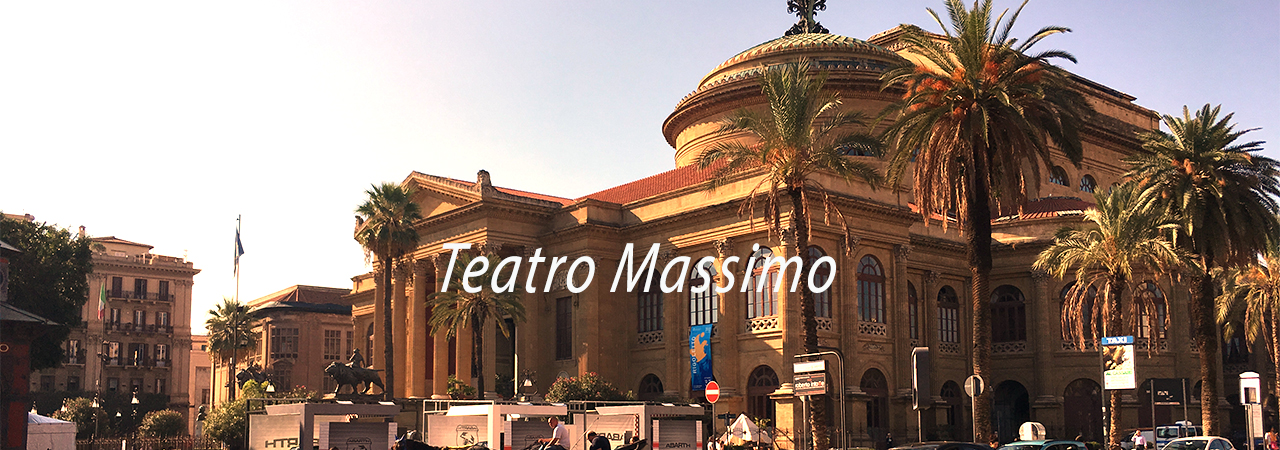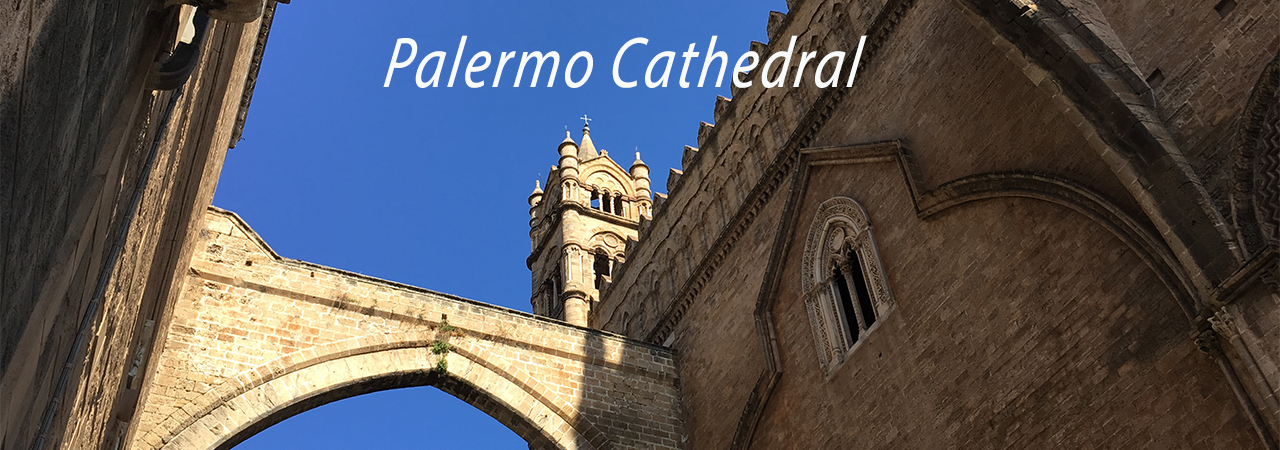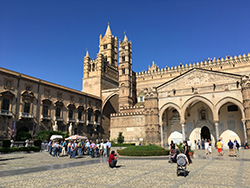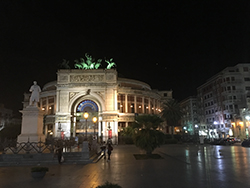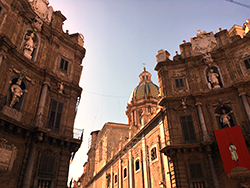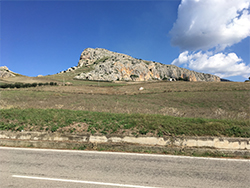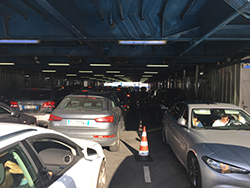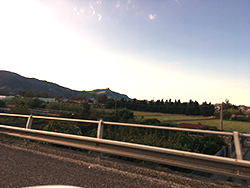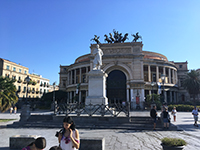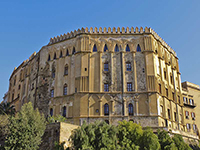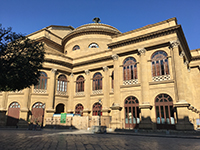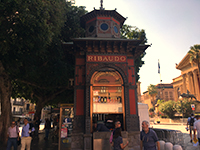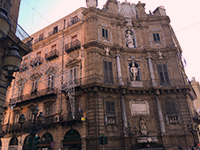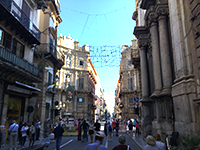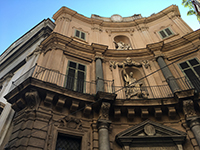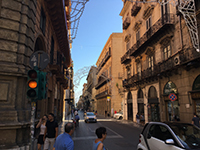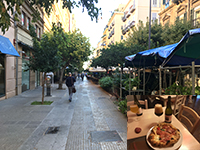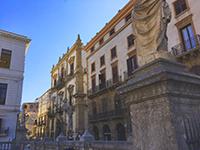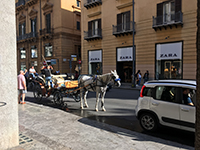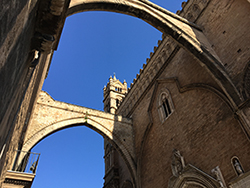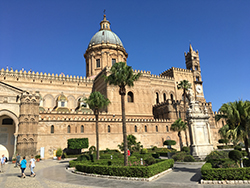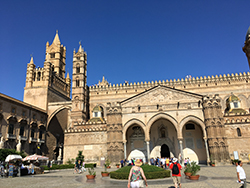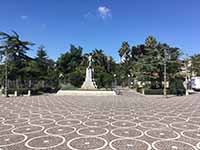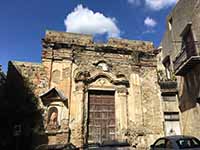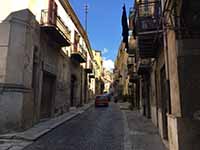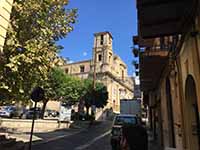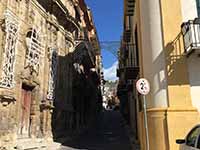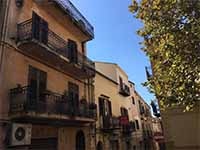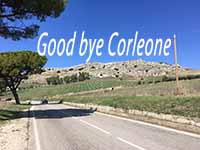
Sicily is the largest island in the Mediterranean Sea and one of the 20 regions of Italy. It is one of the five Italian autonomous regions, in Southern Italy along with surrounding minor islands, officially referred to as Regione Siciliana
Sicily is a cultural hub with a rich history, stunning architecture and a beautiful scenery. Along with those, there are many other ornaments making this island irresistible and “must to visit” place.
The island has been ruled by many ancient civilizations that have engraved in it many phenomenal architectural masterpieces of the Middle ages.
The shortest distance between Sicily and the mainland is around 1.5 miles between Messina and Villa san Giovanni at southern Italy and eastern Sicily.
Building a bridge across the Strait of Messina is an old idea but was never finalized. The latest, almost executed, the Strait of Messina suspension bridge project was cancelled. The bridge would have been the longest suspension bridge in the world.
We drove from Rome to Palermo and took a ferry from Reggio Calabria’s town Villa San Giovanni to Messina. The car ferry takes 25-30 minutes and costs is about 35 Euros.
There are other routes to get to Sicily by the sea as well.
The capital of Sicily is Palermo
Palermo was founded by Phoenician traders in the 8th century bc. It later became a Carthaginian settlement until its capture by the Romans in 254 bc. The city decayed under Roman rule but prospered after ad 535, when the Byzantine general Belisarius recovered it from the Ostrogoths.
The Arabs conquered Palermo in 831, and it flourished as a centre of rich trade with North Africa. Palermo was thus quite prosperous when it fell to the Norman adventurers Roger I and Robert Guiscard in 1072. The ensuing era of Norman rule (1072–1194) was Palermo’s golden age, particularly after the founding of the Norman kingdom of Sicily in 1130 by Roger II.
Palermo became the capital of this kingdom, in which Greeks, Arabs, Jews, and Normans worked together with singular harmony to create a cosmopolitan culture of remarkable vitality.
Palermo Cathedral
Palermo Cathedral is the cathedral church of the Roman Catholic Archdiocese of Palermo. It is dedicated to the Assumption of the Virgin Mary.
As an architectural complex, it is characterized by the presence of different styles, due to a long history of additions, alterations and restorations, the last of which occurred in the 18th century.
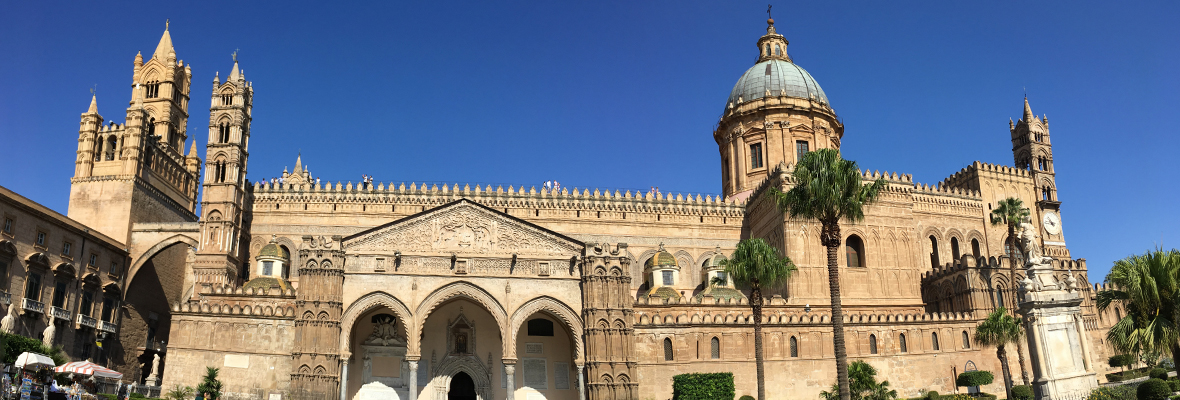
The church was erected in 1185 by Walter Ophamil (or Walter of the Mill), the Anglo-Norman archbishop of Palermo and King William II’s minister, on the area of an earlier Byzantine basilica.
By all accounts this earlier church was founded by Pope Gregory I and was later turned into a mosque by the Saracens after their conquest of the city in the 9th century.
Sicily's dark side: Cosa Nostra and Corleone
The island of Sicily is 9927 sq miles and is home to only five million people yet it is also the birth place to one of the most powerful and popular crime organizations.
The significance of Mafia and Cosa Nostra is pretty much the same, but as Mafia has more of an international meaning, the Cosa Nostra term was created to recognize activities of the Sicilian Mafia only.

The Mafia was born on this small island early in the 19th century and was mostly ”working“ locally among Sicilians. Enforcing and charging for protection became a very profitable business
Throughout the years, the Cosa Nostra became an important partner for some rulers of the island and later on, with the changing of the world’s economic and political conditions, they gained more power. Doing favors to different groups, Mafia leaders were able to keep them “untouchable” for a long period of time.
The international expansion started around the mid 20th century when a lot of Sicilians and Italians immigrated to United States.

Anyone who is a fan of the Godfather trilogy is familiar with the name Corleone; the name chosen by Mario Puzo for his main character.
Although it’s said that characters for that movie are based on fictional names, several Mafia bosses have come from Corleone.
The local mafia clan, the Corleonesi, led the Mafia in the 1980s and 1990s, and were the most violent and ruthless group ever to take control of the organization.
For a while Corleone was considered one of the most dangerous cities to live in.
At the end of 1990-s and the beginning of the 2000-s, things changed and Cosa Nostra leaders lost their power by force. Sicily became one of the safest and the most interesting travel destinations.
Today in Corleone, tourists can visit the Anti-Mafia museum CIDMA as well as take the Mafia tour, and as they say: “Noi ne parliamo” Mafia
For the end....
No doubts that Sicily is an incredible place to visit, with a fantastic array of landscapes, plenty of history, architectural masterpieces and, of course, fantastic food!
That would be all for this short Sicily tour. Enjoy a few photos from the nearby small beach town…..
